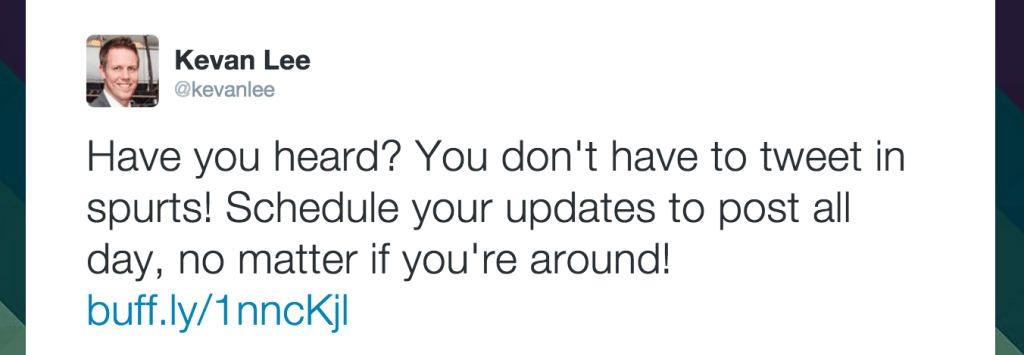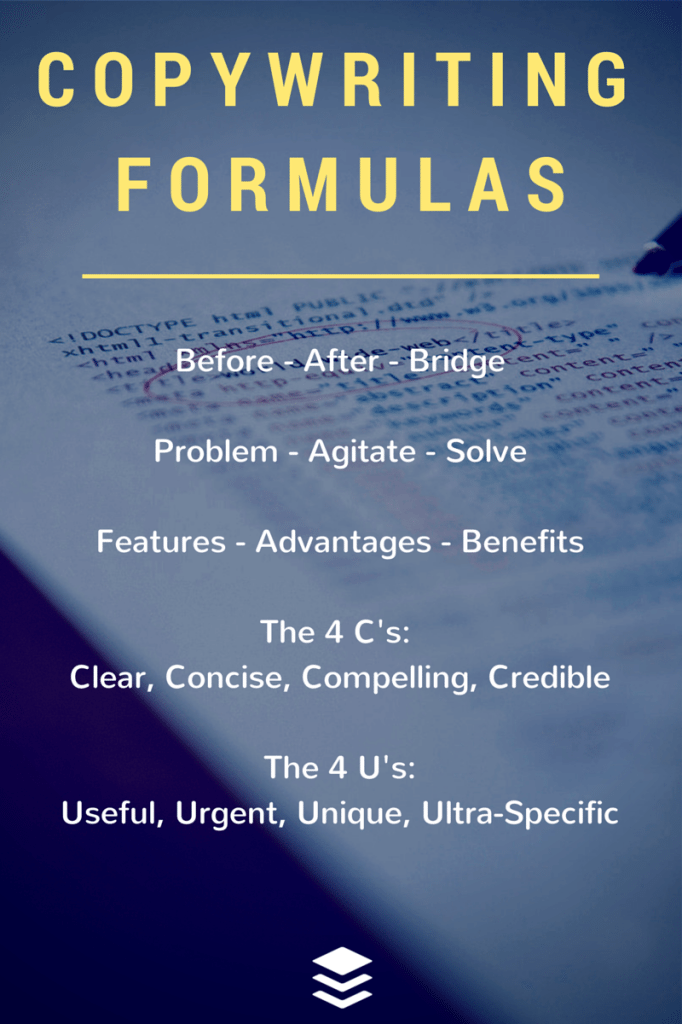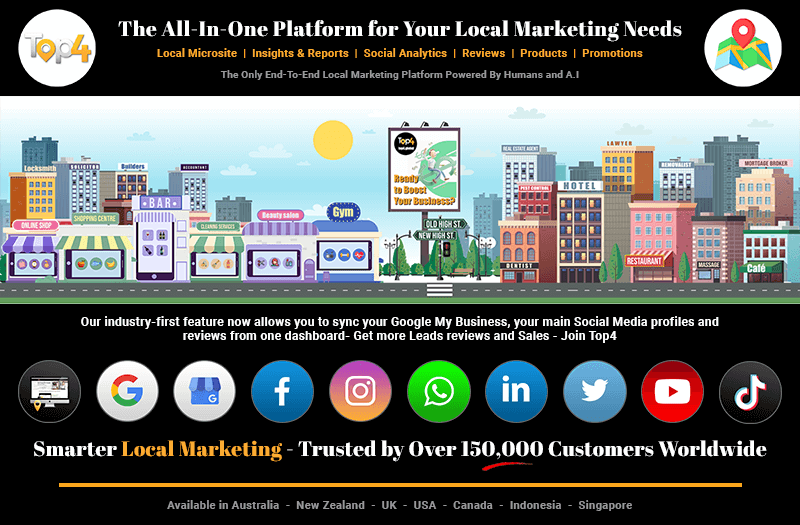You’ve heard it said that storytelling is an essential element to drawing the reader into your content and driving more engagement.
So how can you add this element to the blog posts you write?
Can you fit a captivating story into a social media update, even one that’s 140 characters long?
Here’s the great news: There’s a formula for that. Many storytellers and copywriters have tested out the best intros and segues to draw readers to a piece of content. Their copywriting formulas just plain work—in blogpost intros, in social updates, in emails, and anywhere else you might happen to write online.
Here are 27 of the best ones I’ve heard. Give them a try and see how they might make storytelling a breeze for you.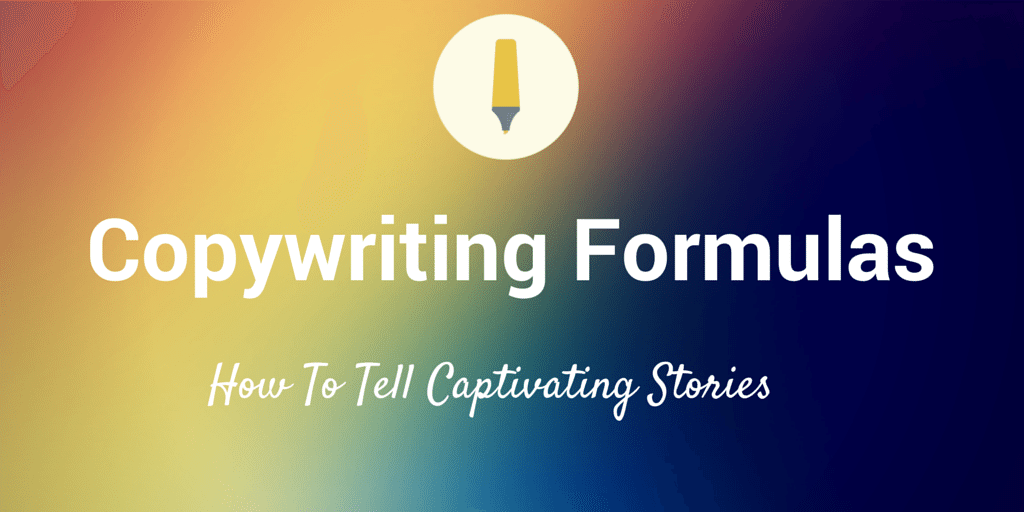
27 Copywriting Formulas That Grab Readers’ Attention
Why might you trot out a copywriting formula each time you need compelling copy?
I think one of my favorite perspectives on it, from someone who knows copywriting better than anyone, comes from Copyblogger’s Demian Farnworth. His take: Copywriting is the most productive way to get your writing done.
“This is what it means to be an efficient writer: keeping your tools handy. You don’t have to recreate the wheel every time.”
7. A FOREST
A – Alliteration
F – Facts
O – Opinions
R – Repetition
E – Examples
S – Statistics
T – Threes (Repeat something three times to make it memorable.)
Phew! This is a big one. You’d be hard-pressed to fit this one into a social media update. But a blogpost? A landing page? Sure thing.
And for those times when you’re pinched for copy on social media, you can pull elements out of A FOREST. Post with alliteration or facts or threes. Pick one, and see how it works.
Example:
11. The Reader’s Digest blueprint
According to famed copywriter John Caples, you can take great inspiration from studying the way that Reader’s Digest articles are composed.
They are fact-packed
They are telegraphic
They are specific
There are few adjectives
They arouse curiosity
Example:
Copyblogger’s Demian Farnworth and Jerod Morris put this formula to good use in the way they open blogposts. Here’s what they’ve learned:
- Your opening sentence should be short — even as short as one word
- The wrong quote can repel readers
- A great story begins in the chaotic middle
- You borrow liberally from your swipe file
On social media, the Reader’s Digest blueprint might look like this:

12. Sonia Simone’s 5 Pieces Every Great Marketing Story Needs
1. You need a hero
2. You need a goal
3. You need conflict
4. You need a mentor
5. You need a moral
You might pick up on some familiar threads in Copyblogger cofounder Sonia Simone’s formula. “Conflict” fits with Problem-Agitate-Solve. “Mentor” fits with the new-world vision of Before-After-Bridge. All five elements together make for great storytelling—for a blogpost, a landing page, and many more spots that support a start-to-end story.
Example:

13. Write to one person
Good advertising is written from one person to another.
The above is a quote from Fairfax Cone, one of the leading voices in copywriting. His tip reads more like advice than a formula, but the takeaway is just as good. Who is your ideal reader? Find out (perhaps using marketing personas), then write to them and them alone.
Example:

14. The 3 Reasons Why
Why are you the best?
Why should I believe you?
Why should I buy right now?
This trio of ideas is an expansion on a tried-and-true question that all copywriters strive to answer: “Why?” Copyblogger’s Brian Clark has a neat way of summing all these questions up into one big ask:
“Why should I buy from you at all when I understand your competition better than you do, and there’s no difference?”
Example:

15. Star – Story – Solution
Star – The main character of your story
Story – The story itself
Solution – An explanation of how the star wins in the end
This formula doesn’t necessarily need to be linear. You might tell your story and introduce your star at the same time. And the star can be anything—your product/service/idea or even the reader.
Example:

16. Star – Chain – Hook
Star – Your product/service/idea
Chain – A series of facts, sources, benefits, and reasons
Hook – The call to action
The key element of this formula is the chain. It is intended to take a reader from interested to attentive. The right facts, sources, benefits, and reasons can help get them there.
Example:

17. Awareness – Comprehension – Conviction – Action (ACCA)
Awareness – Present the situation or problem
Comprehension – Help your reader understand how it affects them. Explain that you have the solution.
Conviction – Create a desire and conviction in your reader to use your solution.
Action – Call to action
Another variation from the above formulas, you might sample this one for its focus on comprehension. Whereas other formulas describe the situation and tell stories, this one acts more as a diagnosis: This is what’s happening, and this is how it affects you. When done right, the comprehension step should lead straight to conviction then action.
Example:

18. The 1 – 2 – 3 – 4 Formula for Persuasive Copy
1. What I’ve got for you
2. What it’s going to do for you
3. Who am I?
4. What you need to do next
Another Copyblogger gem, this four-question formula has some great ties to the storytelling opener of previous formulas, with a useful twist. After telling the story and explaining the benefits, you then get to sell the reader on your authority. Who are you and why should someone listen to you? Explain that part well enough, and you can breeze to the call-to-action in the final step.
Example:

19. So what?
Every time you state something, ask yourself, “So what?”
Helen Nesterenko, writing at the Eloqua blog, has a great way of spinning this one from a features vs. benefits perspective.
“Our knives have the sharpest blades!
So what?
So you can chop ingredients quickly and efficiently, just like the pros!”
One way that I’ve looked at this with my Buffer writing is to ask “so what” in order to test whether a tweet or paragraph or section adds any value to the reader. Why should someone care about this particular thing I’ve written? Typically, it’ll all come back to benefits.
Example:

20. AICPBSAWN (phew!)
Attention – Biggest benefit, biggest problem you can solve, USP
Interest – Reason why they should be interested in what you have to say
Credibility – Reason why they should believe you
Prove – Prove what you are claiming is true
Benefits – List them all (use bullets)
Scarcity – Create scarcity
Action – Tell them precisely what to do
Warn – What will happen if they don’t take action
Now – Motivate them to take action now
I’m not sure this one was meant to be an acronym or not. It’s long! Nevertheless, there’re several good nuggets in here, starting with the first. A unique selling proposition could probably be a copywriting post all to its own. It’s a big idea, and finding the unique angle to pitch your product/service/idea is key.
Like the A FOREST formula, you can grab bits and pieces of this one when sharing in the confined spaces of social media.
Example:

21. String of Pearls
String together a series of persuasive stories
What does this formula conjure for you? Listicles. List posts have their roots in this copywriting formula. If listicles don’t fit your marketing strategy, you can go in a different direction by stringing together testimonials or benefits or any stand-alone elements that, when combined, make for an overwhelmingly persuasive pitch.
Examples:

22. The Fan Dancer
Be specific without actually explaining anything
It took me a bit to wrap my head around this one. What is a “fan dancer”? Well, it’s nothing really. But it did pique my interest! And that’s the point. The Fan Dancer formula uses specific details to create curiosity, all the while never revealing any actual information about what that tantalizing something is. To find out, someone will need to click or keep reading.
Example:

23. The Approach Formula
Arrive at the problem
Propose a solution
Persuade the listener why your solution will work
Reassure that you and your solution can be trusted
Orchestrate an opportune opportunity to sell
Ask for the order (or response)
You might recognize parts of this formula if you’ve ever had a call from a telemarketer or a visit from a door-to-door salesman. It’s a soft sell. The formula takes its time to get around to the “Ask” part, building trust along the way and looking for the best time to make the final step toward the sale. Slow pitches like these might involve a couple steps through the marketing funnel or perhaps a piece of long-form content with a variety of ways for the reader to act.
Example:

24. Bob Stone’s Gem
Begin with your strongest benefit
Expand on the most important benefit
Tell exactly and in detail what they are going to get, including all the features and benefits
Back up your statements with support copy
Tell them what they’ll lose if they don’t act
Sum up the most important benefits
Make your call to action. Tell them to “reply now” and give a good, logical reason why they should.
Steve Slaunwhite shared this useful formula in his book The Everything Guide to Writing Copy. You could probably have guessed that the originator of this formula is Bob Stone. The successful ad man came up with this formula for sales letters and direct response ads, but it’s been used in a number of different ways since.
Example:
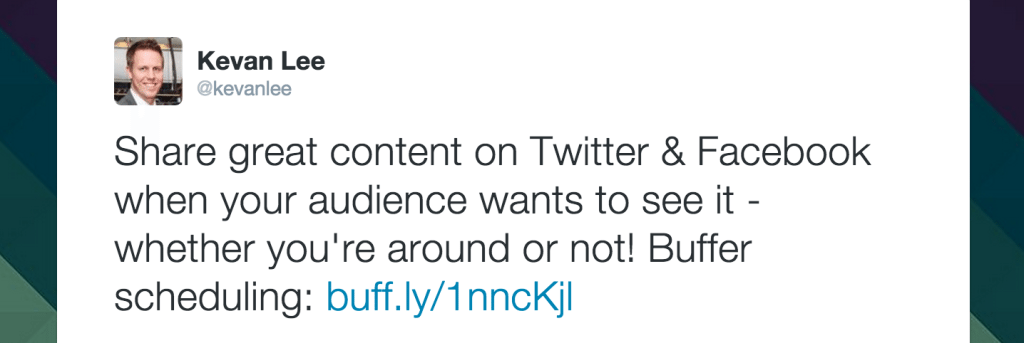
25. The 6+1 model
1. Context
2. Attention
3. Desire
4. The gap
5. Solution
6. Call to action
+1. Credibility
From Danny Iny of Smashing Magazine, the first six items in this copywriting formula follow a similar path to the Before-After-Bridge formula, giving the reader a sense of what life might be like with your product/service/idea. The key element that Danny has added: credibility.
“You can do all of the above and you’ll be well on your way to a sale, but you still won’t get it without one more ingredient, added along the way. That ingredient is credibility.”
Example:

26. UPWORDS Formula
Universal Picture Words Or Relatable, Descriptive Sentences
This is a neat one from Michel Fortin. He’s found that using common words that conjure imagery or examples in the minds of readers will help a marketing message have meaning.
Example:

27. OATH Formula
The four stages of your market’s awareness of your product/service/idea.
Oblivious
Apathetic
Thinking
Hurting
This formula can help guide your copy because it helps you focus on the reader and his or her needs. What stage are they at in their awareness of your product? The spectrum runs from the completely unaware (“oblivious”) to those in desperate need of a solution (“hurting”). Knowing where your audience stands can help determine how you frame your writing.
Example:
